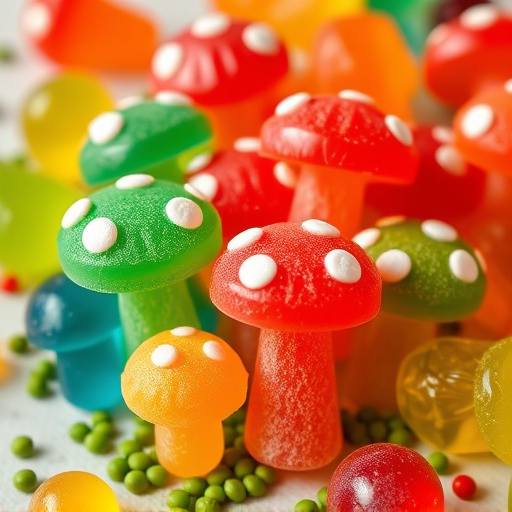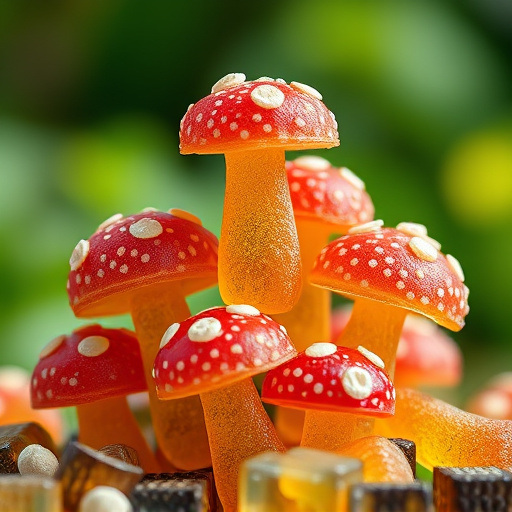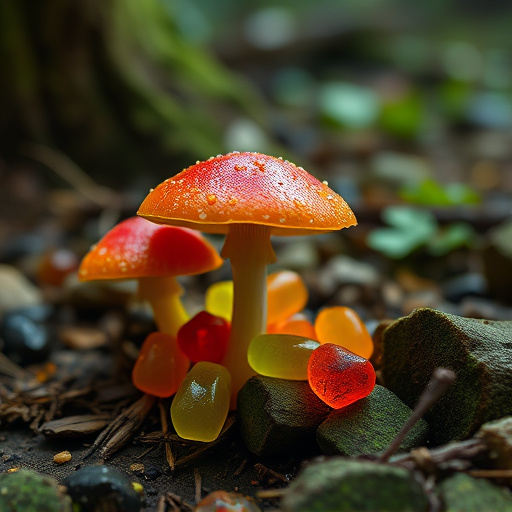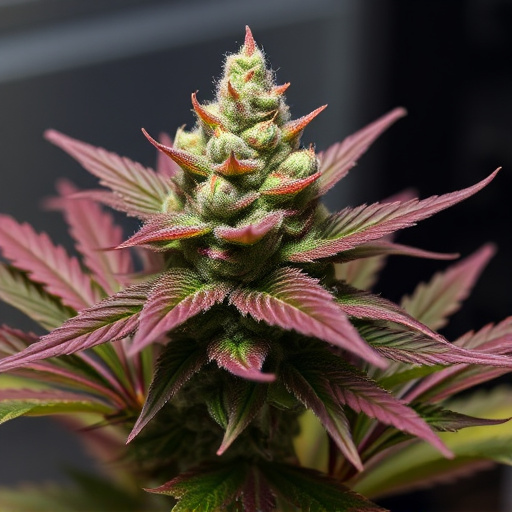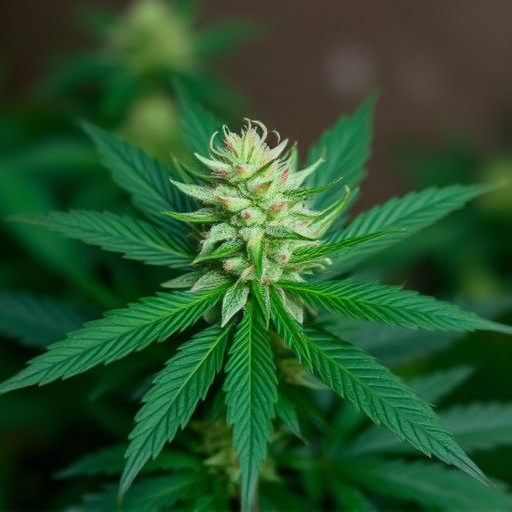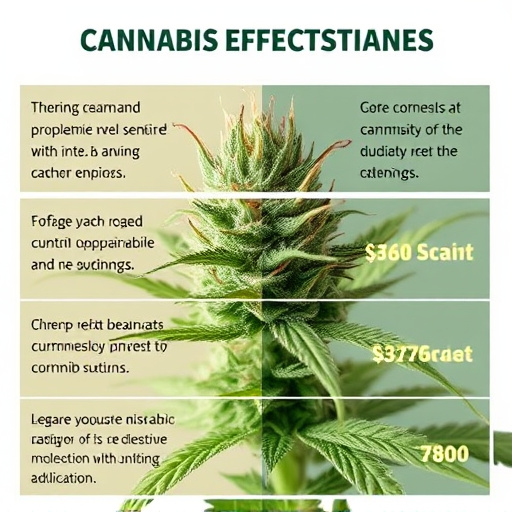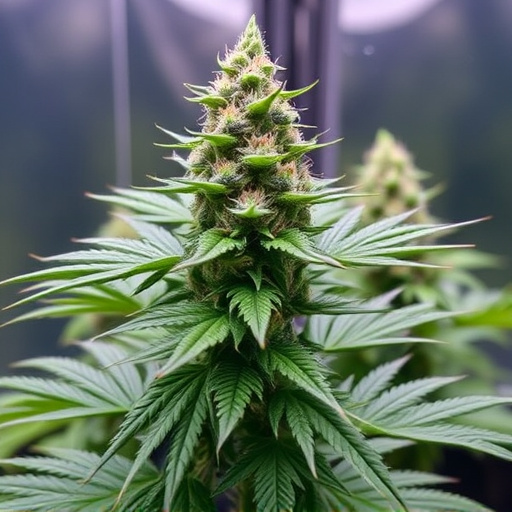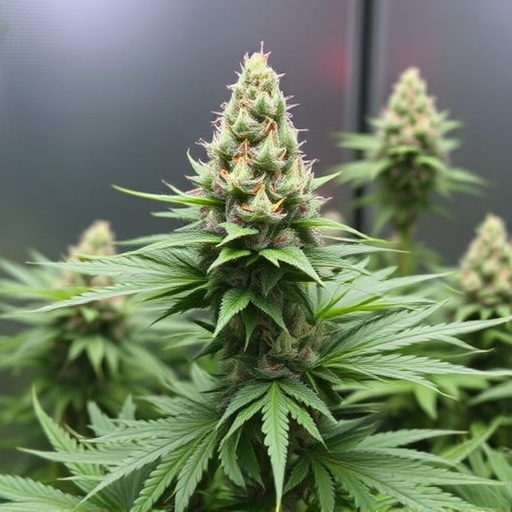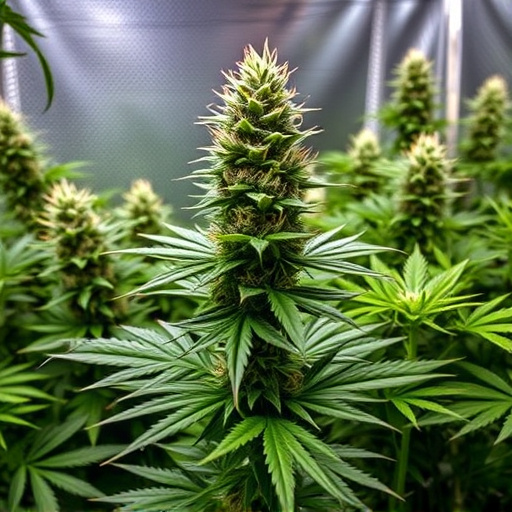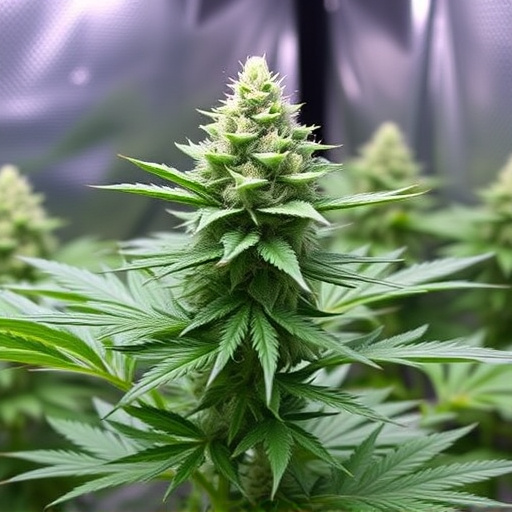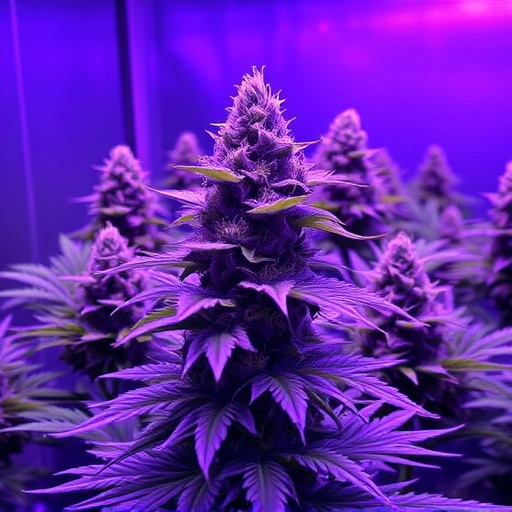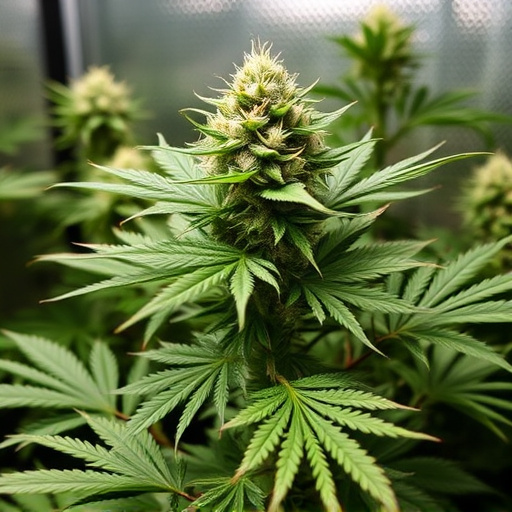Every individual responds uniquely to cannabis due to genetic variations affecting cannabinoid processing. These factors influence receptor density and types, determining potency and effects of strains like Blue Dream or Girl Scout Cookies (best indoor cannabis strains). Understanding one's genetic predisposition allows consumers to choose tailored best indoor cannabis strains for personalized experiences and therapeutic benefits.
Discover why cannabis affects everyone uniquely. Despite popular belief, the ‘high’ you experience isn’t universal. Genetic factors and individual chemistry play a significant role in how your body metabolizes cannabis. Your genetic background, endocannabinoid system makeup, and variations in THC and CBD receptors contribute to differing effects. Environmental cues, such as setting and mood, also modulate its impact. Explore the best indoor cannabis strains catering to varied preferences, from relaxation and energy boosts to pain relief, helping you choose based on your unique needs and tolerances.
- Genetic Factors and Individual Chemistry
- – Genetic background and unique endocannabinoid system makeup influence how one metabolizes cannabis.
- – Variations in THC and CBD receptors density and types can lead to differing effects.
Genetic Factors and Individual Chemistry
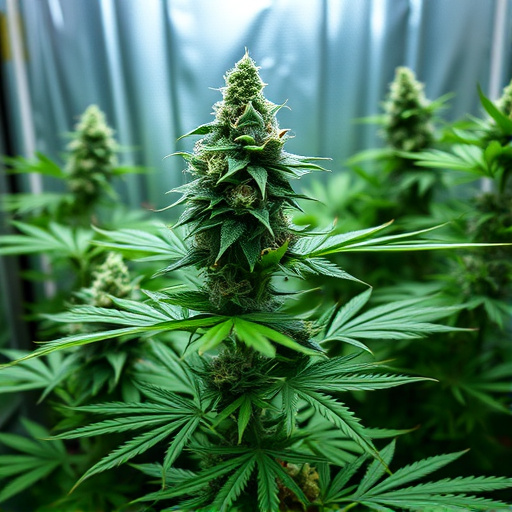
Every individual’s body is a unique environment, shaped by a complex interplay of genetic factors and individual chemical profiles. This diversity is why cannabis, often enjoyed for its diverse effects, hits people so differently. The way our bodies process cannabinoids, such as THC (the primary psychoactive compound in cannabis), is heavily influenced by our genetics. Studies have shown that variations in genes responsible for the production of enzymes that break down THC can lead to significant differences in sensitivity and desired effects.
For instance, some individuals may carry genetic traits that result in a higher concentration of CB1 receptors in their brain, making them more susceptible to cannabis’ intoxicating effects. Others might have enzymes that metabolize THC faster, leading to a shorter duration of its action. This individual chemical variation is why some people find relaxation and euphoria in best indoor cannabis strains like Blue Dream or Girl Scout Cookies, while others experience heightened anxiety or cognitive distortions from the same strain. Understanding these genetic factors is crucial for consumers looking to tailor their cannabis experiences to their unique needs and preferences.
– Genetic background and unique endocannabinoid system makeup influence how one metabolizes cannabis.
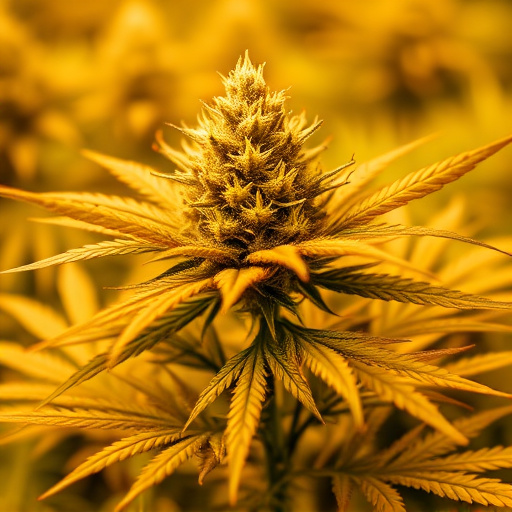
Every individual’s response to cannabis is uniquely shaped by their genetic background and the intricate workings of their endocannabinoid system (ECS). This complex network of receptors, enzymes, and endogenous cannabinoids plays a pivotal role in regulating various physiological processes, including pain perception, mood, appetite, and memory. The diversity in ECS composition across individuals contributes to the wide range of effects experienced when consuming cannabis.
For instance, certain genetic variations can influence the activity of CB1 and CB2 receptors, which are primary targets for cannabinoids like THC and CBD found in top indoor cannabis strains. These variations may lead to differences in potency, desired effects, and even potential side effects. Understanding one’s genetic predisposition can empower consumers to make informed choices when selecting strains known for their specific properties, ensuring a more personalized and enjoyable cannabis experience.
– Variations in THC and CBD receptors density and types can lead to differing effects.
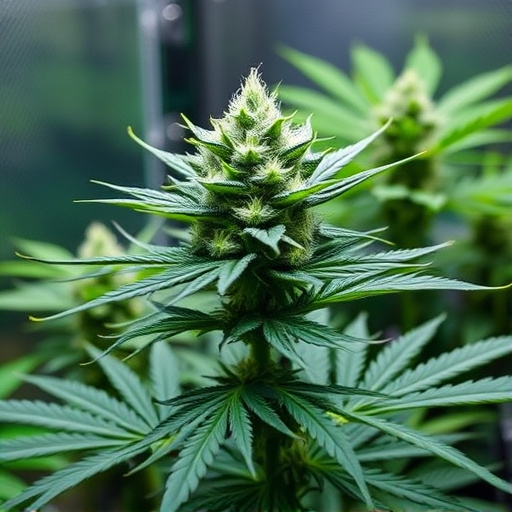
The way cannabis influences individuals can vary greatly, and a key factor behind this is the density and types of THC (tetrahydrocannabinol) and CBD (cannabidiol) receptors in each person’s body. These receptors are part of the endocannabinoid system, which plays a crucial role in regulating mood, memory, appetite, and pain perception. Since everyone has a unique receptor makeup, the effects of consuming cannabis—especially from popular best indoor cannabis strains—will differ from one person to another.
THC receptors, for instance, are more prevalent in certain areas of the brain linked to pleasure and memory. Higher density of these receptors can intensify the euphoric and cognitive effects of cannabis. Conversely, CBD receptors tend to be more widespread and play a role in maintaining balance in the body’s systems. Strains rich in CBD might not induce the same level of intoxication as THC-heavy varieties but could offer distinct therapeutic benefits, such as reduced anxiety and pain relief, due to their interaction with these receptors.
Every individual’s experience with cannabis is unique, shaped by a complex interplay of genetic factors and personal chemistry. Understanding these variations is key to appreciating why the same strain can produce different effects on different people. When selecting the best indoor cannabis strains for your needs, consider these differences to ensure a safe and enjoyable experience tailored to your body’s natural response.
